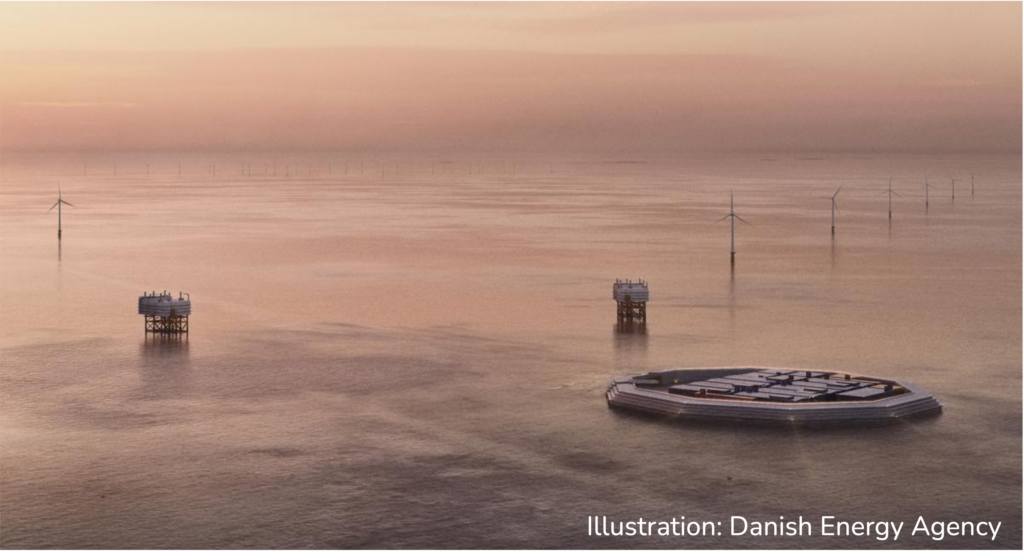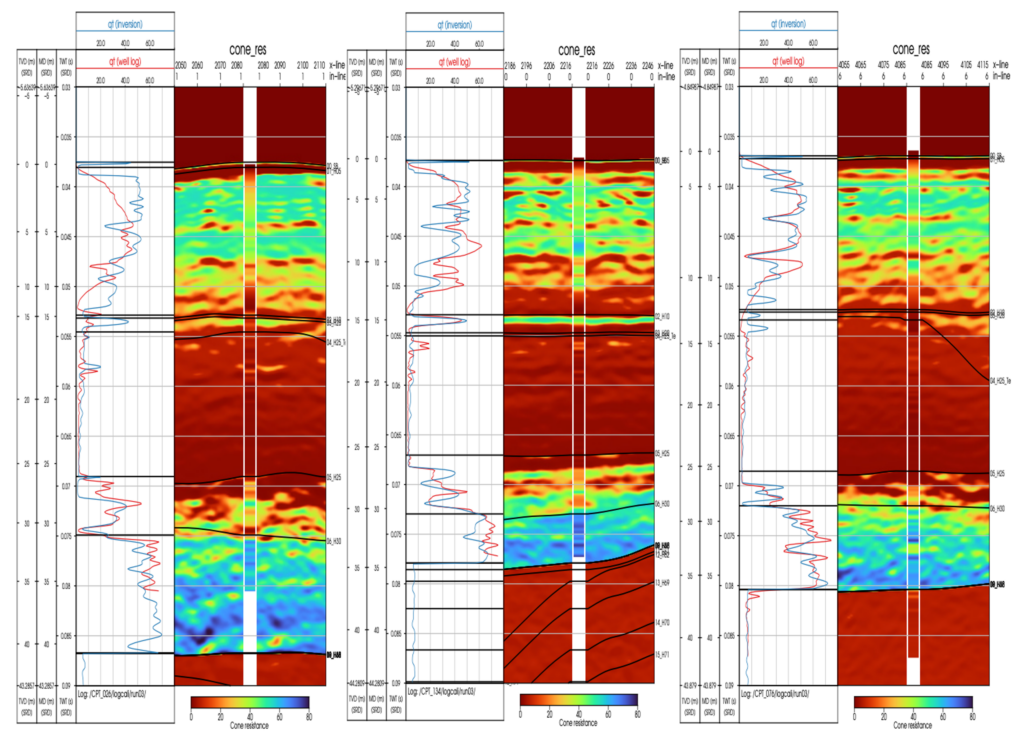Energy Islands
energy island north sea
We are proud and happy to have been successfully involved in the energy island project where we have quantified geotechnical parameters from seismic data to help with de-risking of the foundation of the Danish energy island in the North Sea. Energy islands will play a crucial role for the growing offshore wind energy capacity. At SolidGround we do integrated interpretation of geotechnical and geophysical data with a quantitive approach. An important part of our workflow is seismic pre-stack inversion of both ultrahigh frequency and medium frequency data. For the energy island project SolidGround was part of a bigger puzzle where we worked on data acquired for Energinet, and worked closely together with leading experts from the industry.

engineering properties
Main purpose for the work we conducted for the energy island project was to estimate deformation parameters down to a depth of 800-1000 meters to get more informed on and to better avoid settlements and differential settlements for the construction. Another purpose was to do soil classification to classify lignite, sand with gas, limestone, sand and clay. The CPT prediction from the seismic derived elastic parameters (see examples to the right) were performed to compare with ground truth measurements, in this case cone resistance, and in this way to get a better evaluation of the results against ground truth.


why SolidGround?
With the construction of islands it is important to know the geotechnical behaviour of the subsoil to get an understanding of potential settlements and differential settlements. With the construction of bigger islands this information is needed for deeper depth, also typically deeper than the depth of CPT measurements. Here we can utilise the seismic data to extract the information at deeper depths.
Our integrated interpretation with a quantitative approach makes it possible to obtain a spatial understanding of the geotechnical ground conditions. With pre-stack seismic inversion we can invert for bulk modulus, shear modulus, Young’s modulus, Poissons’s ratio and density – from this we can derive other geotechnical parameters like cone resistance, sleeve friction, compressibility and soil types.
